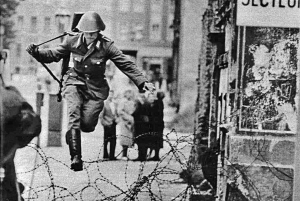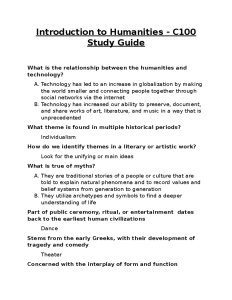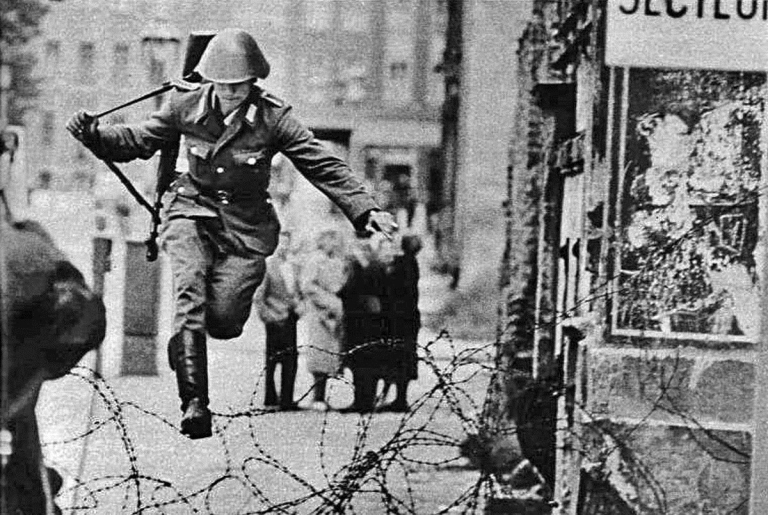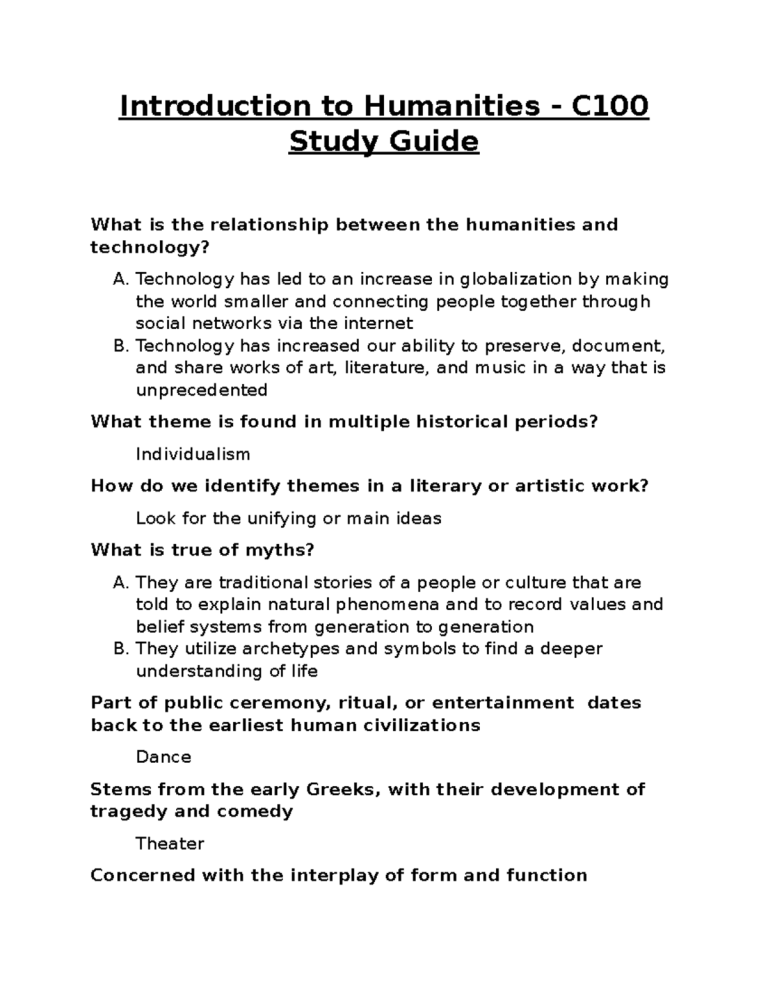The escalating tensions between universities and government bodies are sparking intense debates about the future of academic freedom. As governments exert more control over universities, fears emerge regarding the stifling of student expression and the academic independence that has historically defined higher education. Some scholars draw parallels to the McCarthy era, a time marked by aggressive government scrutiny and repression of dissenting voices in academic circles. This contemporary issue presents a stark reminder of the past, as critics worry that government control is infringing upon the core values of universities, reminiscent of oppressive regimes worldwide. Additionally, discussions surrounding caste discrimination in universities illustrate the urgent need for protecting academic environments from external political pressures to ensure they remain bastions of free thought and inquiry.
Recent conflicts between educational institutions and governmental authorities reveal a deeper trend of state intervention in academic settings. This phenomenon mirrors historical instances where academic independence faced significant threats, inviting comparisons to oppressive eras in various countries. The increasing oversight of university curricula and student activism raises important questions about the preservation of learner autonomy and intellectual diversity. Observers note that the current landscape has echoes of previous governmental overreach, which raises alarms about the implications for future generations of scholars. As tensions rise, it becomes crucial to critically assess the role of universities as safe havens for free expression and the continued pursuit of knowledge amidst governmental pressures.
The Historical Context of Academic Freedom
Academic freedom is a cornerstone of higher education, allowing scholars and students the liberty to pursue knowledge without external pressures. In the early 19th century, the University of Berlin was a beacon of this ideal, establishing a framework that emphasized knowledge creation and dissemination. This model inspired universities around the world but also laid the groundwork for conflicts between academic institutions and government entities. The impact of such interactions can be deeply seen in historical events, especially during eras when political regimes impose limitations on ideological pursuits and scholarly expression.
Scholars today reflect on the historical parallels between past and contemporary struggles regarding academic freedom. The McCarthy era serves as a stark reminder of how government control can lead to the stifling of individual expression and institutional integrity. Just as educators faced persecution and censorship then, today’s academics contend with similar pressures from various state authorities seeking to regulate and monitor university activities, often justifying these actions under the guise of national security or social stability.
Government Control Over Universities: A Growing Concern
Recent developments demonstrate escalating tensions between universities and their respective governments that have raised alarms among scholars. In countries like India, government influences over higher education institutions have become overt, often resulting in enforced ideological conformity. Universities historically celebrated for their academic excellence now face oppressive measures that threaten their foundational principles. This transition not only endangers the institutions themselves but also the students and faculty who rely on an environment conducive to free inquiry and discussion.
Such government interference not only impacts the immediate academic landscape but also resonates with global narratives on the importance of autonomy in education. The encroachments can limit the scope for critical thinking and stifle student expression, ultimately diminishing universities’ roles as spaces for diverse thought. The experiences of various nations echo the challenges faced during the McCarthy era, where government-led crackdowns produced an atmosphere of fear that compelled scholars to self-censor. This echoes in current affairs, where institutions fight to reclaim their independence from state control.
The Role of Caste Discrimination in Educational Institutions
Caste discrimination remains a critical issue in India’s educational framework, significantly affecting universities’ academic environments. Recent protests led by students against systemic discrimination have highlighted and challenged the longstanding inequities entrenched within these institutions. Such activism not only fosters student solidarity but also emphasizes the essential role of academic spaces in advocating for social justice and equality. Caste biases often manifest in both the support systems within universities and the rhetoric disseminated by governing bodies, complicating students’ experiences and educational outcomes.
Addressing caste discrimination necessitates a dual approach: reforming institutional policies while promoting an inclusive academic culture. Scholars and activists are increasingly vocal about their demands for equitable treatment within higher education systems, drawing parallels to other global movements against systematic oppression. This realization pushes universities to re-evaluate their role in contributing to social change, challenging the status quo, and fostering a climate of acceptance and support for all students, regardless of their backgrounds.
Student Expression: A Barometer for Academic Freedom
The essence of student expression is indicative of broader societal freedoms and academic integrity. When students are allowed to voice opinions and engage in critical debates, universities fulfill their pivotal role as incubators of progressive thought. However, tensions arise when governments impose restrictions on student activism, reflecting attempts to stifle dissent and maintain ideological control. Such dynamics highlight the interdependence of student rights and academic freedoms, making it imperative for institutions to safeguard channels of expression.
Recent events across various countries, like India and Hungary, illustrate how governmental pressures can lead to tensions within university environments. Protests sparked by government policies often serve as a critical gauge of the health of academic freedom. As students rise to challenge authoritarian tendencies and advocate for their rights, they reinforce the importance of universities as bastions for free thought, resisting efforts to marginalize or relegate dissent.
Modern-Day Parallels with the McCarthy Era
The McCarthy era is increasingly cited as a crucial point of reference for current political pressures faced by universities. Scholars now draw connections between the witch hunts of the 1950s and present-day embodiments of state control that seek to restrict faculty and student expression. This resurgence of concerns regarding intellectual freedom echoes the tactics previously employed to silence dissenting voices—be it through intimidation or legislative reforms aimed at curtailing academic discourse.
As institutions navigate these complex waters, the historical insights from the McCarthy era underscore the critical need to remain vigilant against similar encroachments. The broader societal implications of curtailing intellectual freedom can transcend universities, affecting the fabric of democratic discourse itself. Consequently, understanding these parallels not only contextualizes the current climate but also galvanizes the academic community to advocate for and uphold the principle of autonomy in education.
Case Studies of Universities Under Pressure
Examining various global case studies reveals patterns of government interventions that reveal a growing trend in undermining academic excellence. For instance, the board’s reconfiguration within Hungary’s Central European University in response to legislative pressures mirrors broader authoritarian challenges faced by institutions worldwide. This case exemplifies how governments are increasingly asserting control over influential academic institutions to shape research and curriculum to align with their policy agendas.
Similarly, events in India reflect how governmental agendas can prioritize ideological conformity over genuine educational pursuits. The displacement of traditional educational standards by regimes intent on promoting specific socio-political narratives poses a significant threat to academic institutions’ credibility. These cases not only emphasize the need for awareness and resistance against governmental overreach but also highlight the critical role international collaborations and partnerships play in fostering resilient academic communities.
Hope Amidst Challenges: Strategies for Resistance
Despite the overwhelming challenges posed by governmental pressures, narratives of resistance and reform continue to emerge. Institutions are not merely passive recipients of external control; many have sought innovative approaches to maintain their integrity and protect their environments. The resilience shown by students and faculty alike fosters hope, demonstrating that academic excellence can transcend governmental interference. Grassroots movements advocating for academic freedoms are increasingly gaining traction, advocating for reforms not only in policies but also in perceptions surrounding the role of education in a democracy.
Encouraging interdisciplinary dialogues and collaborations across borders can also cultivate a more robust defense against governmental overreach. By sharing strategies and resources, universities can create coalitions that bolster their collective strength against state pressures. These networks are crucial for illuminating best practices and fortifying the notion that academic freedom is not only vital for individual institutions but essential for the broader pursuit of knowledge.
The Cultural Shift in Higher Education
The current climate reflects a nuanced understanding of the cultural factors that shape academic environments. Institutions are compelled to adapt to reflect diverse perspectives and the complexities of contemporary society. This cultural shift emphasizes the importance of intersectionality in academia, allowing for a more inclusive discourse that embraces varied identities and experiences. Higher education now plays a fundamental role in addressing societal inequities, from combating caste discrimination to uplifting marginalized voices.
Navigating this cultural shift requires a commitment to nurturing environments where diverse thought is not only welcomed but celebrated. As universities embrace inclusivity, they can better empower students and faculty to engage with challenging ideas without fear of retribution. This cultural evolution stands as a critical counterbalance to governmental pressures designed to homogenize thought, thus fortifying the essence of what it means to pursue education as a transformative endeavor.
Conclusion: The Future of Academic Freedom
Reflecting on the current state of academic freedom is crucial as we face an unprecedented convergence of challenges across the globe. Whether it’s navigating governmental influences or addressing systemic issues like caste discrimination, universities must reaffirm their commitment to being safe havens for free thought. Emphasizing the need for ongoing vigilance, the academic community must advocate sustained efforts to bestow intellectual freedom and foster environments that empower all voices.
The future of academic freedom hinges on our collective response to these challenges. By actively resisting external pressures and creating proactive strategies for inclusion, universities can emerge as resilient, vibrant spaces for learning. This resilience will not only shape the experiences of current scholars but also ensure that future generations inherit institutions dedicated to the pursuit of knowledge, understanding, and social progress.
Frequently Asked Questions
What are the impacts of university government tensions on academic freedom?
University government tensions often pose significant threats to academic freedom, as state control can lead to restrictions on curriculum, faculty appointments, and research topics. When governments exert influence over universities, they may prioritize political objectives over scholarly inquiry, hindering the open exchange of ideas that is fundamental to academia.
How do government controls in universities stifle student expression?
Government controls in universities can stifle student expression by censoring discussions that dissent from state policies or ideologies. This can manifest in restrictive regulations, surveillance, and punitive measures against students who engage in protests or express opposing viewpoints, ultimately undermining the vibrant discourse essential for a healthy academic environment.
Can the McCarthy era serve as a historical parallel to current university government tensions?
Yes, the McCarthy era provides a relevant historical parallel to today’s university government tensions, as both periods saw intense scrutiny of academic institutions and pressure to conform to political ideologies. Scholars today draw similarities to how government actions can evoke fear and suppress dissent within university communities, reflecting potential threats to academic freedom.
What examples of caste discrimination in universities highlight government interference?
Instances of caste discrimination in universities often reflect broader issues of government interference, particularly in countries like India, where state-sponsored political agendas impact campus climates. The involvement of government-aligned administrations in universities can exacerbate tensions and lead to discriminatory practices, stifling voices advocating for social justice and equality among students.
How have global government responses to university autonomy changed over the years?
Global government responses to university autonomy have shifted toward increased control and oversight, often under the guise of national security or moral alignment. Countries like Hungary and India illustrate how governments can enact laws that limit university freedom and align educational institutions more closely with state interests, affecting their ability to operate independently.
What can be learned from global university government tensions regarding academic practices?
Examining global university government tensions reveals the fragility of academic practices in the face of political pressures. Scholars can learn the importance of defending academic freedom, fostering resilient academic communities, and advocating for policies that protect the integrity of education from government overreach.
How do current university government tensions resemble those from past authoritarian regimes?
Current university government tensions often resemble those from past authoritarian regimes through centralized control and repression of dissent. Historical parallels demonstrate how governments can manipulate educational institutions to serve their agendas, often resulting in the erosion of academic freedom and the stifling of critical thought.
What strategies are universities using to combat government control and maintain independence?
Universities are employing various strategies to combat government control, including forming coalitions with other educational institutions, advocating for policy reforms, and promoting transparency in governance. By fostering a culture of academic resistance and encouraging student activism, institutions can work to preserve their independence and uphold academic integrity.
| Key Points |
|---|
| Foreign governments are increasingly targeting universities, leading to concerns among scholars regarding academic freedom and state control. |
| William C. Kirby compares current tensions to the McCarthy era, suggesting historical parallels due to state interference in academia. |
| Panelists discussed various global instances of government crackdowns on academic institutions, including in India and Hungary. |
| Historical examples include the University of Berlin, which faced significant repression under the Nazi regime, illustrating how government control can erode academic values. |
| In India, Prime Minister Modi’s government has increased its control over universities, impacting student expression and academic independence. |
| Hungarian universities have faced legislative threats, notably the Lex CEU, prompting student protests and intervention from the EU. |
| Despite repressive regimes, some universities in China are finding ways to regain academic stature, highlighting nuanced resistances. |
Summary
University government tensions pose significant challenges for academic freedom worldwide. As scholars analyze the historical parallels and the current landscape, it becomes clear that governments are increasingly targeting educational institutions, leading to a decline in the autonomy and integrity of academia. The discussions highlight both the immediate effects of state intervention and the long-term ramifications for future generations of scholars and students.






